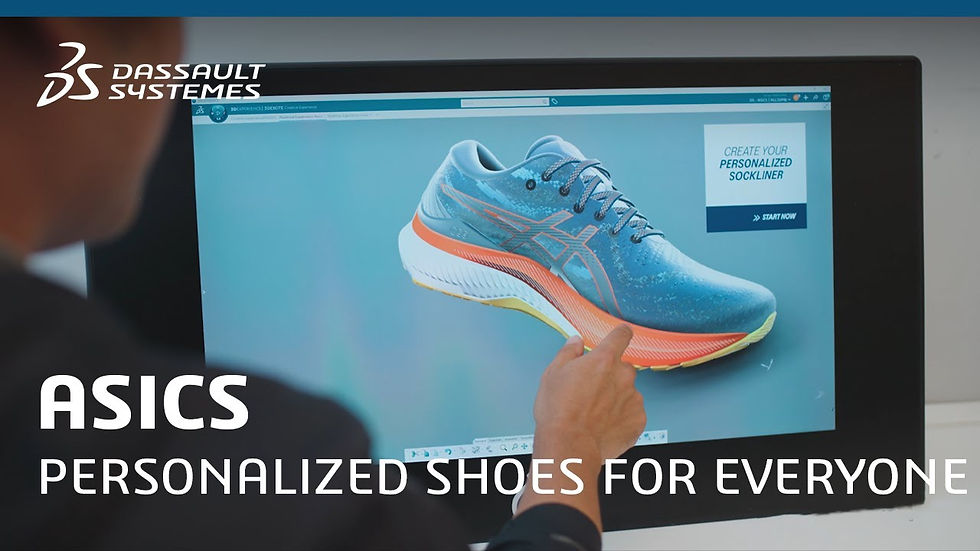Shoes as Software: HILOS’s Shift from Product to Platform
- Nader Alk
- Apr 18
- 3 min read
In an era where sustainability and digital innovation are reshaping manufacturing, HILOS has positioned itself as a key player in the transformation of the footwear industry. Founded in Portland in 2019, the company has moved beyond simply producing shoes. It is building a new model for how footwear can be designed, manufactured, and brought to market with greater efficiency and significantly less environmental impact.

A Technology-Driven Approach to Reducing Footwear Waste
Traditional footwear manufacturing is labor and resource-intensive, often resulting in excess inventory, glue-based assembly, and limited recyclability. HILOS addresses these issues with a modular construction system enabled by Selective Laser Sintering (SLS) 3D printing. The company uses thermoplastic polyurethane (TPU) to produce outsoles without the need for adhesives, making the shoes easy to disassemble and recycle.
By producing only what is ordered, HILOS operates on an on-demand manufacturing model, minimizing overproduction and associated waste. According to the company, this approach reduces carbon emissions by 50% and water usage by 99%, highlighting the environmental advantages of their method.
Studio OS: Accelerating Footwear Design with AI
A major step in HILOS’s evolution came with the introduction of Studio OS, a generative design platform launched during Milan Design Week 2024. Designed specifically for 3D-printed footwear, the software utilizes artificial intelligence to convert sketches, mood boards, and text prompts into precise 3D CAD models ready for production.
Studio OS offers an intuitive interface that allows designers to break down shoe components into separate layers and regenerate individual parts. This granular control makes it possible to iterate quickly, with some designs going from concept to market in as little as 90 days. The platform is accessible to designers of varying experience levels, democratizing access to advanced digital manufacturing tools.

From Product Brand to Platform Provider
While HILOS originally gained attention for its own footwear line, its business model has since expanded to serve a broader ecosystem. With support from investors including former Nike executives, HILOS now offers a complete design-to-production workflow that other footwear brands, both emerging and established, can adopt.
Through strategic partnerships with technology and material innovators such as BASF, HP, and AMT, the company enables its partners to leverage high-performance materials and localized 3D printing for sustainable product development. This shift positions HILOS as a platform provider, not just a product manufacturer.
Supporting Circularity and Localized Production
One of HILOS’s core strengths is its ability to support circular product lifecycles. By designing shoes that are easily disassembled, the company facilitates the reuse and recycling of components, an essential step toward more sustainable fashion systems.
Furthermore, the company promotes localized production, enabling brands to manufacture closer to their markets. This approach reduces transportation emissions and allows for more responsive, small-batch manufacturing, a valuable asset in today’s rapidly changing retail landscape.
Contributing to the Emerging 3D-Printed Footwear Sector
HILOS’s work reflects a broader shift in the footwear industry toward digitally enabled, sustainable production. While other companies, such as Zellerfeld, are also advancing 3D-printed shoe technologies, HILOS differentiates itself by offering an open and collaborative platform that invites a wide range of creators and companies to participate.
As of 2025, HILOS continues to be a catalyst in the movement toward decentralized, waste-conscious manufacturing, setting an example of how artificial intelligence and additive manufacturing can come together to drive real, scalable impact.
Sources: 3dprint.com | hilos.studio
Images: hilosphere.substack.com | news.sharelab.jp | 3dprint.com




Comentários